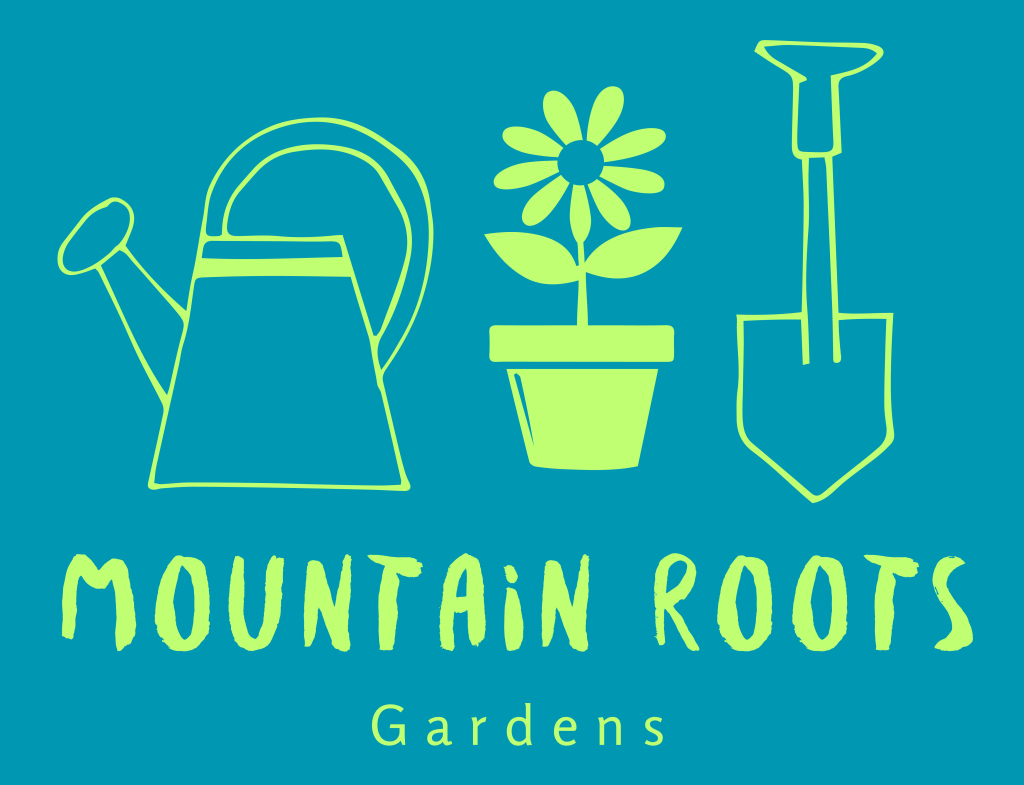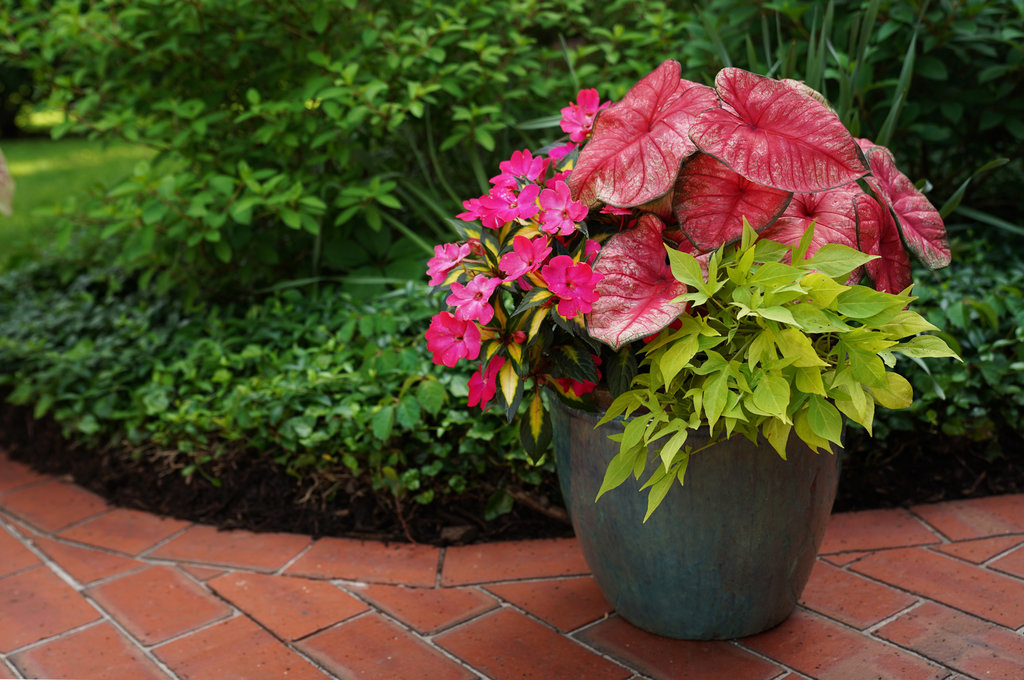Blog, Garden Blog, Garden Tips
HOW TO GROW TROPICAL PLANTS IN CONTAINERS
Turn your patio or balcony into an exotic tropical getaway with the help of bold, beautiful tropical plants. Used as dramatic summer annuals in trendy decorative containers, tropical plants with rich foliage or sizzling-hot blooms turn outdoor spaces into hot spots for relaxation and entertaining.
From birds of paradise and flowering gingers with striking, vibrant blooms to elegant tropical hibiscus and rich, green palms, tropical plants have different needs than plants from more mundane locales — especially when it comes to nutrition. Keeping tropical plants at their peaks of beauty and performance means meeting the following specialized, yet simple, needs:

LIGHT
When you think of tropical climates, your first thoughts might be of hot, sun-drenched shores. However, many popular tropical plants are “understory” plants that live beneath taller plants in tropical jungles. Tender tropical foliage can sunburn, just like human skin, when moved quickly into hot, direct sun. When plants are used to indoor living, in homes or stores, the results can be unappealing.
Allow tropical plants to acclimate gradually to new light levels whenever you move them, whether the change is from low to bright or vice versa. For most tropical plants, bright, indirect light and protection from the sun’s most intense, midday rays is best.

SOIL
Good drainage is essential for tropical plants, especially when they’re placed in containers where water can’t move as freely as it does in loose, rich, jungle soils. Tropicals don’t do well when their roots stay wet, and soggy, poor-draining soil saps their health and beauty quickly.
Always choose planting containers with good drainage holes, so excess water can run through. If you use decorative containers as cache pots, with your planting pot tucked inside, keep them free from standing water. For container planting, look for a lightweight, commercial potting mix labeled for containers. Add in earthworm castings for extra organic matter, and you’ll have a mix ideal for tropical plants.

FERTILIZER
To stay healthy and lush, tropical plants need less phosphorus relative to other primary nutrients. On a fertilizer label, this means the middle number of the “NPK” trio — nitrogen (N), phosphorus (P) and potassium (K) — is lower than the other two. To keep their rich colors intact, tropicals also need more iron and magnesium than most common plants.
Many gardeners have learned to give blooming plants more phosphorus to promote flowers, but tropical bloomers need just the opposite. Use a fertilizer formulated especially for tropical plants, contains lower phosphorous relative to other nutrients, along with added iron and magnesium to support beautiful foliage and bold, tropical blooms.
WATERING
Soil in containers is more exposed to heat and drying winds than soil that’s protected under the surface of a garden. As a result, soil in outdoor containers dries out much faster than garden soil underground, especially under hot summer sun. Outdoor containers need regular monitoring and frequent, thorough watering to prevent tropical meltdowns.
Water your outdoor tropicals so that soil stays moist, but not soggy. Never let them completely dry out. If drying soil pulls away from the sides of your pot, press it gently back into place. Otherwise, water will run down the sides without ever reaching roots. Mulching your container soil with a decorative mulch, such as orchid bark or light-colored pebbles, helps soil retain moisture and avoid overheating. It also gives planters a crisp, finished look.
PROTECTING
Outdoor tropicals are prone to insects and disease, such as whiteflies, aphids, and spider mites. Visible signs of damage can be yellow spots or webs on leaves. Sevin Sulfur Dust starts killing immediately upon contact, and will not harm the plant. People and pets may enter the area once dust has settled. Apply a light dusting frequently to keep your tropicals healthy and free from insect and disease damage.

INDOOR CARE
If you want to keep your patio tropicals from year to year, move them indoors when nighttime fall temperatures start dropping below 55 degrees Fahrenheit. While those temperatures won’t kill most tropical plants, they can damage the foliage and send tropical plants into tailspins of stress. In addition, fall frosts can come without warning.
Make the move indoors gradually, and give your plants as much natural light as your home allows. Place them away from heating vents, and monitor their changing needs. Once indoors, tropicals require less frequent watering and less fertilizer than they needed outside.

